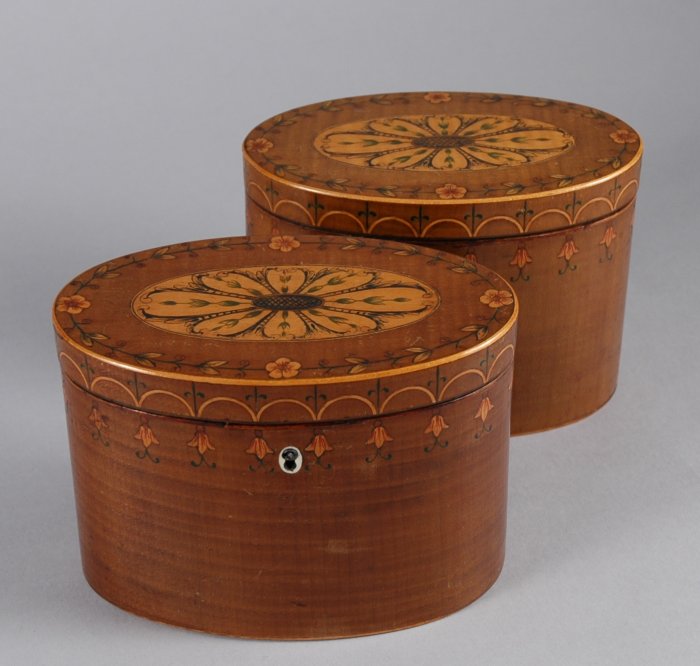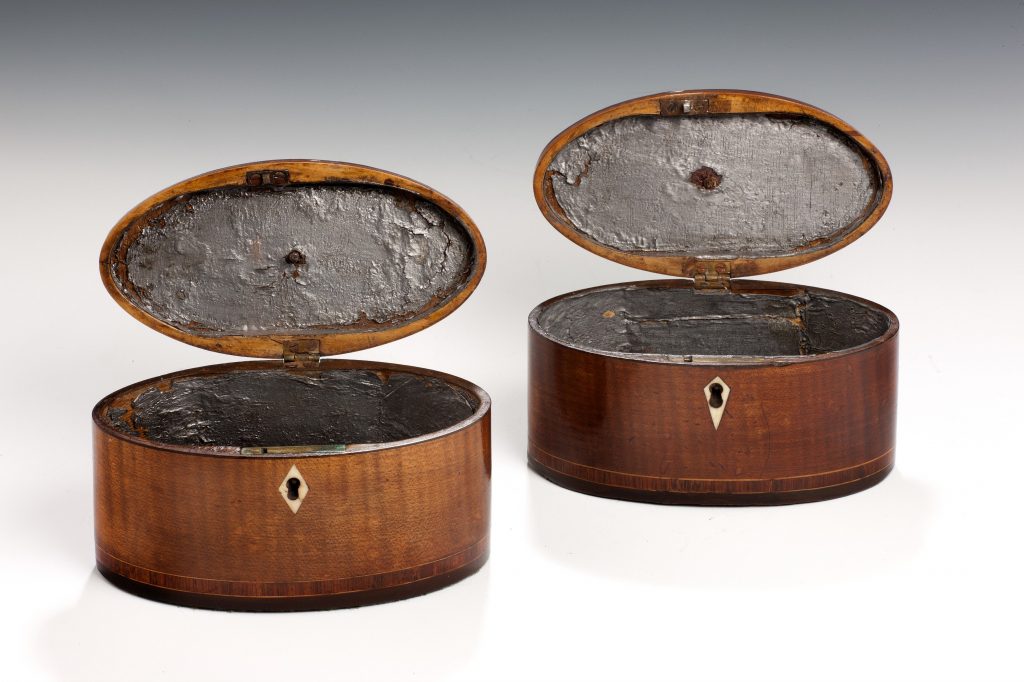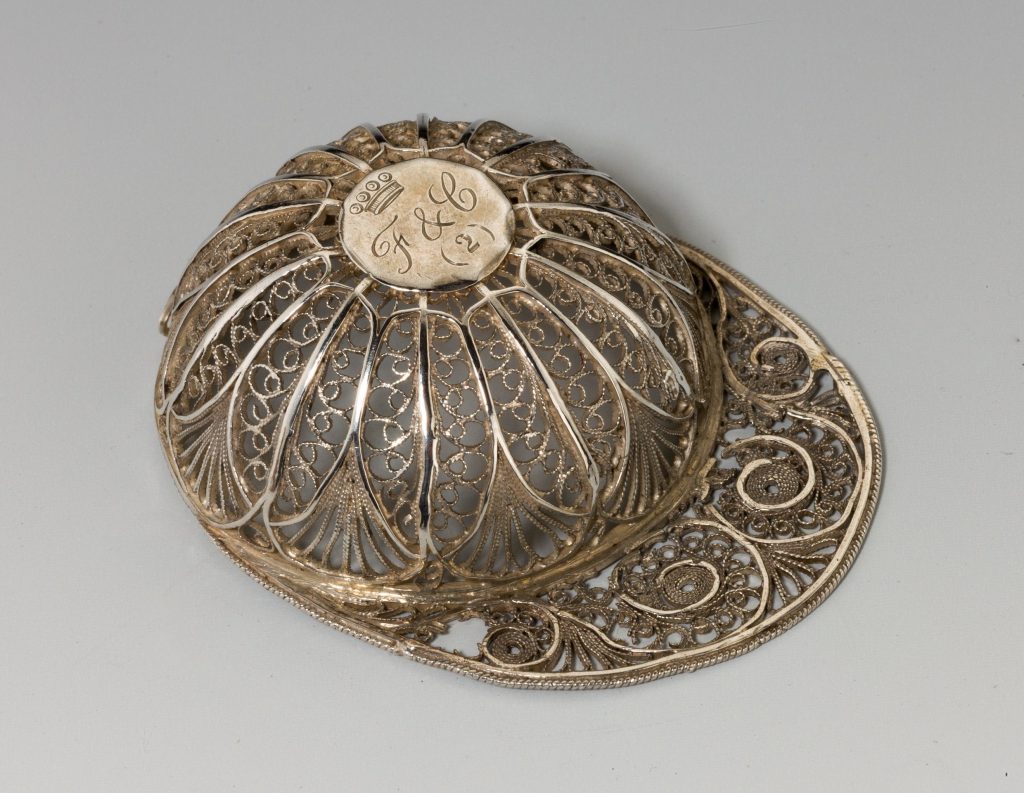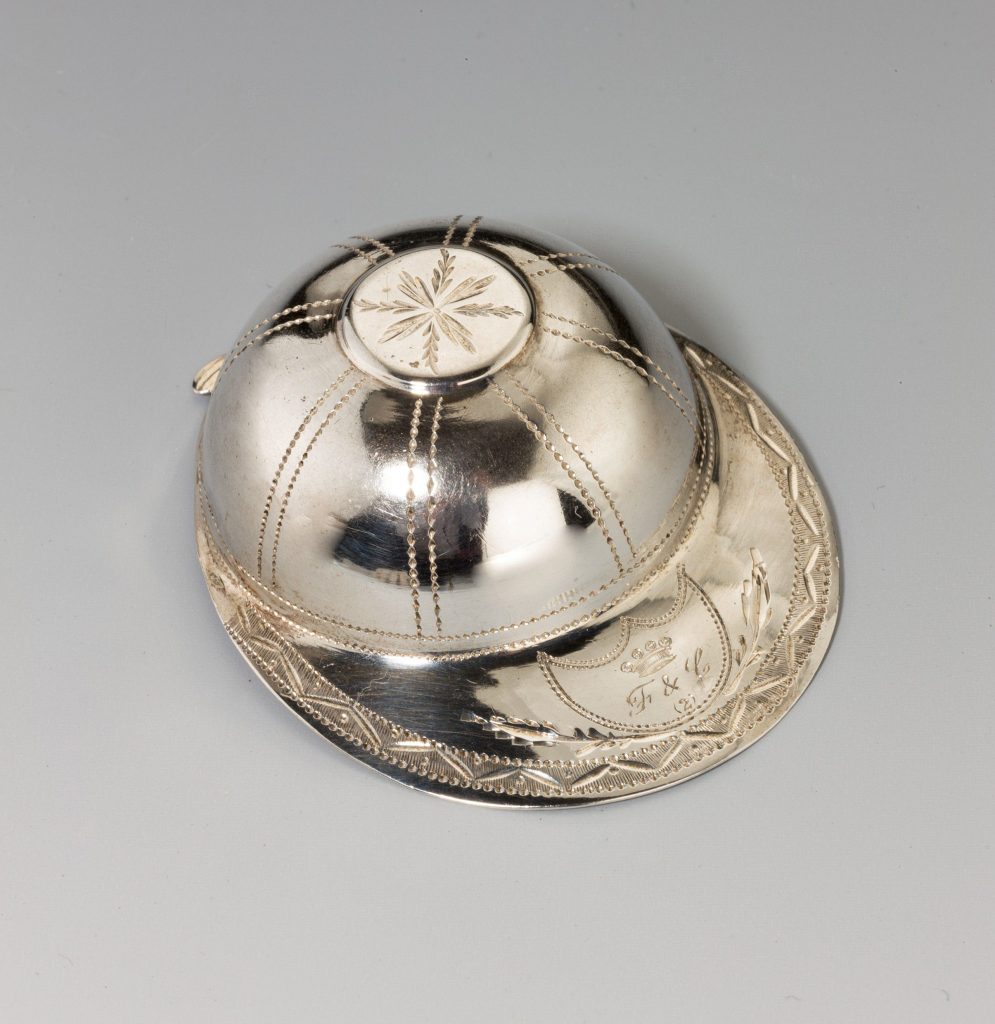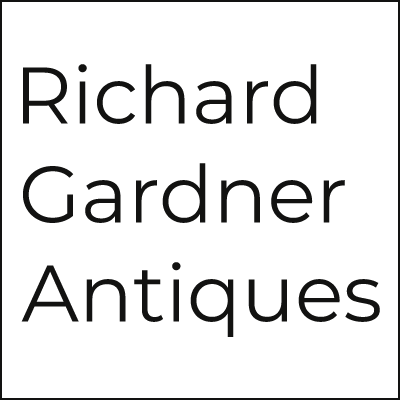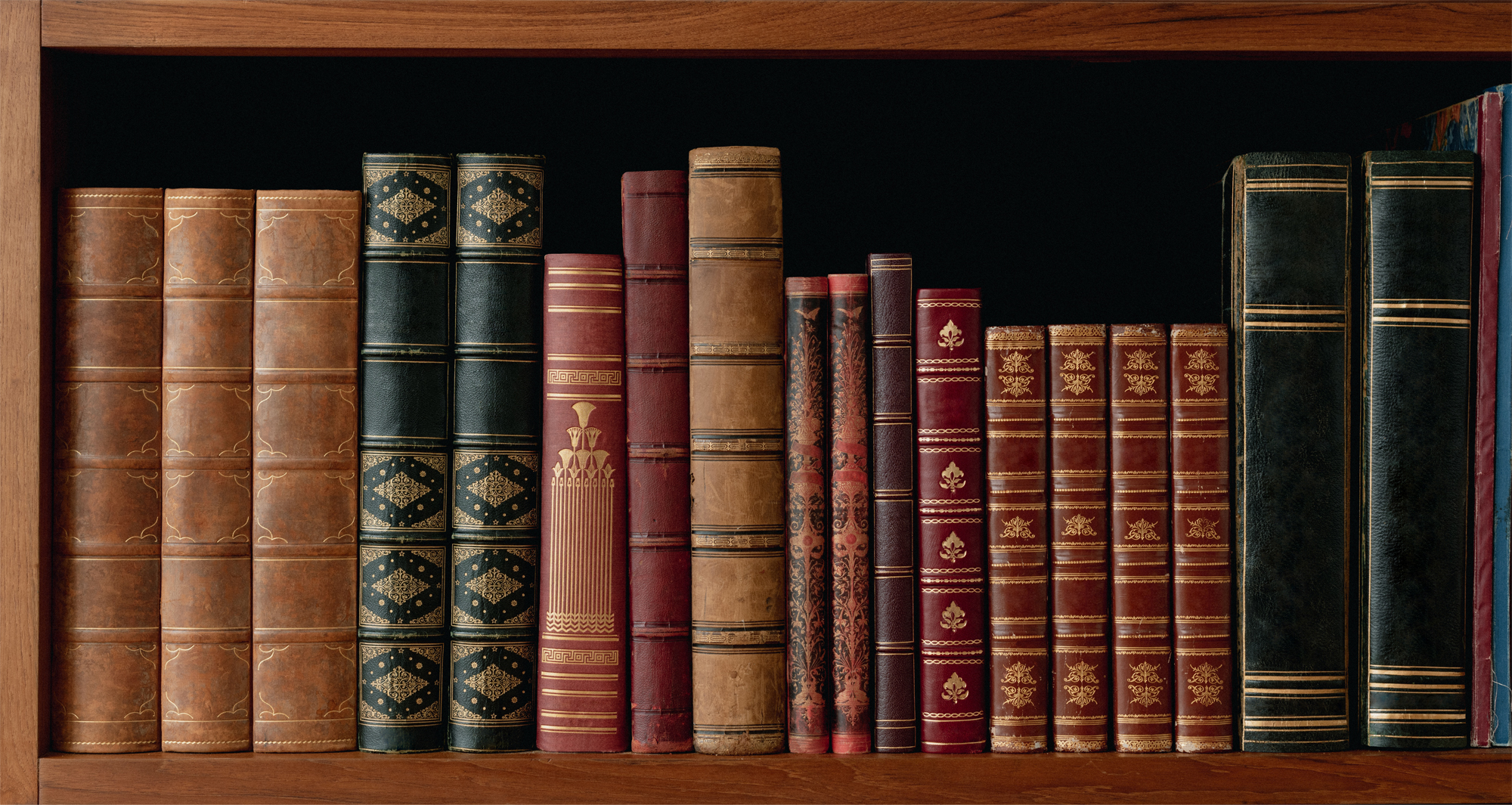Antique Tea Caddies
Tea caddies of the 18th and early 19th centuries not only reflect an important and fascinating social custom, but they demonstrate the best craftsmanship in practically every decorative material and technique of the age. It is probably this, together with their endless variety that makes them so attractive to collectors.
Tea drinking is known to have been fashionable in China at least as early as the Tang Dynasty (618–906 AD), and by the ninth century the Japanese had taken up the habit and made it a ritual. It was not until the early 17th century that tea reached Europe; merchant adventurers brought it to Holland around 1610 and by the 1650’s it was being sold in England with a sales pitch largely based upon it’s medicinal qualities. By 1685 tea was well established as a sociable drink in Britain.
The high cost of tea made it at first available only to the rich, and at the same time conferred a social cache which was further enhanced by the example of Charles II’s queen, Catherine of Braganza, an enthusiastic tea drinker. It is hard now to appreciate just how very expensive tea was to the 17th and 18th century citizen. In 1665 Thomas Garway, one of the first English tea dealers, advertised tea for sale from 16 shillings to 50 shillings for a pound in weight, and in 1716 Thomas Twining was selling tea for around 16 shillings a pound at his coffee house in Deveraux Court, just off the Strand, London. Although this represented a week’s wages for a skilled craftsman, it was a good deal less than the ?10 per pound that Garway claimed had been charged earlier.
Heavy import duties as well as the East India Company’s monopoly on importing tea kept the price artificially high for most of the 18th century and widespread smuggling was the result. Vigorous campaigning by the legitimate tea trade to reduce tea taxes was led by Richard Twining, grandson of Thomas, and resulted in the Commutation Act of 1784, which reduced the duty and effectively halved the price of tea, thus undermining the incentive for smuggling at a stroke. The result was a tea frenzy in which the consumption of tea doubled from 5.8 million pounds to 10.8 million in 1785.
With this explosion of tea consumption came the need for tea caddies and tea chests. From the early 18th century, lockable tea chests were produced made from wood, pewter, silver or, later in the 18th century, glass. Most of these tea chests had a set of three canisters, the two outer ones for the different kinds of tea, green and black, fermented and unfermented, the larger centre canister for sugar. It is widely, incorrectly, assumed that the centre bowl or canister was for mixing the tea when it is documented and proven that it was for sugar, which at the time was as expensive as the tea itself.
The tea chests became known as caddies around 1775. The word Caddy came from the Malay word “Kati”, denoting a measure of tea weighing about one pound, usually the capacity of a single compartment tea caddy. The Commutation Act undoubtedly stimulated the explosion of tea caddy production, and it continued for the next 50 years until the end of Regency period. By 1833 India had become the major supplier of tea and the East India Company’s monopoly was lifted resulting in the price of tea plummeting and becoming affordable to everyone.
There is no doubt that the high point in tea caddy production was around 1790 when the finest examples were made. The use of tortoise shell, ivory, exotic woods, papier- mâché and silver were the order of the day. Paper filigree, shagreen, pen work, caddies made in the form of fruits and even as small miniature houses are avidly sought after by collectors of today. Whilst tea caddies were being made in France, Germany, Holland, America, Russia and China, it is the late 18th century English ones that are the prized collectible.
With such a vast range of materials and designs used, there should be a tea caddy for everyone, from the collector of the exotic materials, the lady who wants a collection of fruit examples for the kitchen shelf, the gentleman who only collects two compartment caddies and those that collect a particular material, such as tortoiseshell, ivory, wood, etc.
A good caddy can cost anything from the low hundreds to the many thousands of pounds, making it a subject that appeals to many people.
Value can be determined by many things, including the material used, the design and decoration, the rarity and desirability.
Fruit caddies are very popular at the moment and prices for these reflect this, especially for the finer examples of apples, pears, melon and rarer exotic fruit, with slightly poorer examples also commanding good prices, but please be very careful as there are a large number of reproduction copies around. Interestingly these were probably made for the less affluent clients at the time, but desirability has increased the prices for these examples to very high levels.
Silver caddies are also very desirable and many examples of these we’re made, but with their own individual designs, usually in pairs, but sometimes in threes. These would normally have come in an outer box which can surprisingly be very plain, although fine cases were also made, such as the red tortoiseshell example shown here.
There are many shapes and sizes of tortoiseshell caddies made with red and green being the rarest of them all, although these were usually the cheapest made. Tortoiseshell has to have backing paper behind it to show the colour and pattern to its best and everyone will have seen the brown examples which were the most desirable and therefore used the best pieces of tortoiseshell available, the lesser pieces were backed with green and red papers and at the time would have been considered inferior. However, because there weren’t so many made, these have become much rarer and therefore more collectible and command very high prices when they come onto the market. Other desirable tortoiseshell examples are the pressed caddies, where the tortoiseshell panels are heated, placed in a mould and pressed to achieve the desired decoration, with the Gothic design being one of the most popular.
Henry Clay was a pioneer in making papier-mâché boxes and furniture and it wasn’t surprising that he used his method to make tea caddies and there are many simple examples, usually black, with fine gilt decoration. However, he also produced some fine painted examples, usually with landscape scenes or flowers, which are keenly sought after, together with this very rare example painted with a marine scene. Other papier-mâché makers also produced some very fine examples, again in black, but others painted with designs reflecting the decorations of the house at the time.
Ivory was another very expensive material used at the time making very fine examples and generally most ivory caddies are of the smaller size mainly in six, eight or ten sided designs, usually decorated with tortoiseshell, mother-of-pearl, silver, miniature paintings or small plaques. These are still very desirable today and command good prices, but as with all antiques, especially caddies, condition is everything.
In addition to all of these, there is also a selection of rare and unusual shapes including very fine urn shapes, caddies in the form of a stack of books, a rare teapot shape, Egyptian decorated, fruit in a basket, the list goes on. These examples normally command very high prices because of their rarity value.
I hope this article encourages you to look again at these marvellous creations and to possibly think about forming a small collection of your own.
